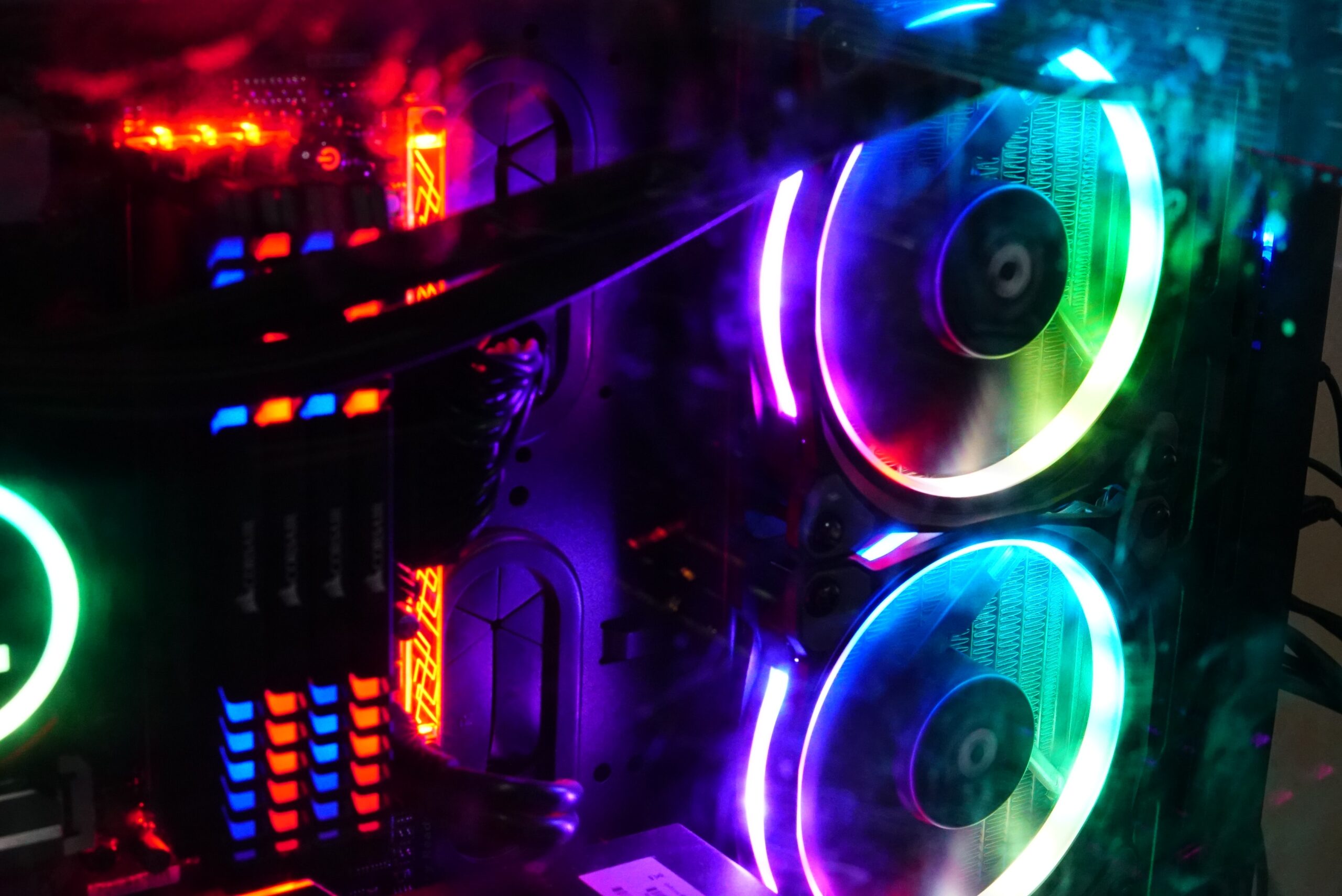Introduction: The Nexus of Language and Technology
In an age where the written word is paramount, the pursuit of perfection in language has never been more critical. Businesses, educational institutions, and individuals alike strive for communication that is not only clear but also demonstrates a high level of professionalism and attention to detail. This is where the innovative application of laser engraving services comes into play—a surprising yet revolutionary approach to enhancing the grammatical integrity of various media.
Laser Engraving: A Tool for Linguistic Precision
Laser engraving is a cutting-edge technique commonly associated with the etching of materials for aesthetic or functional purposes. However, its potential extends beyond the traditional boundaries of art and manufacturing. Laser engraving services are offered to fix and enhance this grammar, providing a unique solution to correcting and improving written language in ways previously unimagined.
The Science Behind the Service
At its core, laser engraving involves the use of a highly focused beam of light to remove material from a surface, creating a permanent mark. This technique is revered for its precision, which is made possible by state-of-the-art machinery and software that can be programmed to follow complex designs and patterns. When applied to the realm of written language, laser engraving ensures absolute accuracy in correcting grammatical errors on a variety of substrates, from wood and metal to glass and plastic.
Crafting Perfection: Grammar Meets Engraving
The application of laser engraving to fix grammatical mistakes is a meticulous process. It begins with a thorough review of the text to be engraved, conducted by language experts who identify errors and suggest corrections. Once the text is perfected, engraving specialists use advanced software to translate the corrections into precise instructions for the laser engraving machine.
The Grammar Enhancement Process
This process is not merely about rectifying spelling mistakes or punctuation errors. It encompasses a broader spectrum of enhancements that can improve the overall readability and effectiveness of the written content. By using laser engraving services to fix and enhance this grammar, individuals can literally carve their commitment to excellence into their products or materials, leaving a lasting impression on their audience.
Applications and Implications
The uses of laser engraving to bolster grammatical standards are diverse. One might consider academic plaques, professional signage, or even custom gifts that require impeccably crafted messages. In each instance, the permanence of the laser-engraved text serves as a testament to the quality and care put into the product. This service holds particular significance for industries where credibility is closely tied to the precision of language, such as legal, medical, and academic sectors.
The Human Touch: Expertise in Every Engraving
While technology plays a crucial role in the engraving process, the human element cannot be understated. Language experts collaborate with skilled technicians to ensure that the final output is not only grammatically sound but also aesthetically pleasing. Their combined expertise guarantees that every engraved piece is a work of art that honors the rules of language with unwavering accuracy.
Advancing Grammar with Laser Precision
Laser engraving offers an innovative avenue for enhancing the quality of written text. It provides permanence and precision in a world where such qualities are increasingly sought after. The meticulous approach to fixing grammatical errors via engraving not only serves practical needs but also elevates the standard of communication across various media. By leveraging this technology, laser engraving services are offered to fix and enhance this grammar, bridging the gap between traditional craftsmanship and linguistic excellence.
The Future of Linguistic Engraving
As technology continues to evolve, so too will the capabilities of laser engraving to assist in the realm of language. We can anticipate more advanced systems that can handle increasingly complex grammatical improvements, potentially even automating some aspects of the language review process. The future holds a myriad of possibilities for collaboration between linguistic scholars and engraving technology, potentially revolutionizing the way we approach the correction and dissemination of text.
Conclusion: The Mark of Excellence
Laser engraving services are offered to fix and enhance this grammar, and in doing so, they represent a bold intersection of technology and linguistics. This unique service underscores the importance of accuracy and professionalism in written communication, providing a tangible solution to the timeless quest for perfection in language. As we embrace this innovative method, we set a new standard for excellence—one that is etched in both metaphor and reality by the precise beam of a laser engraver.
